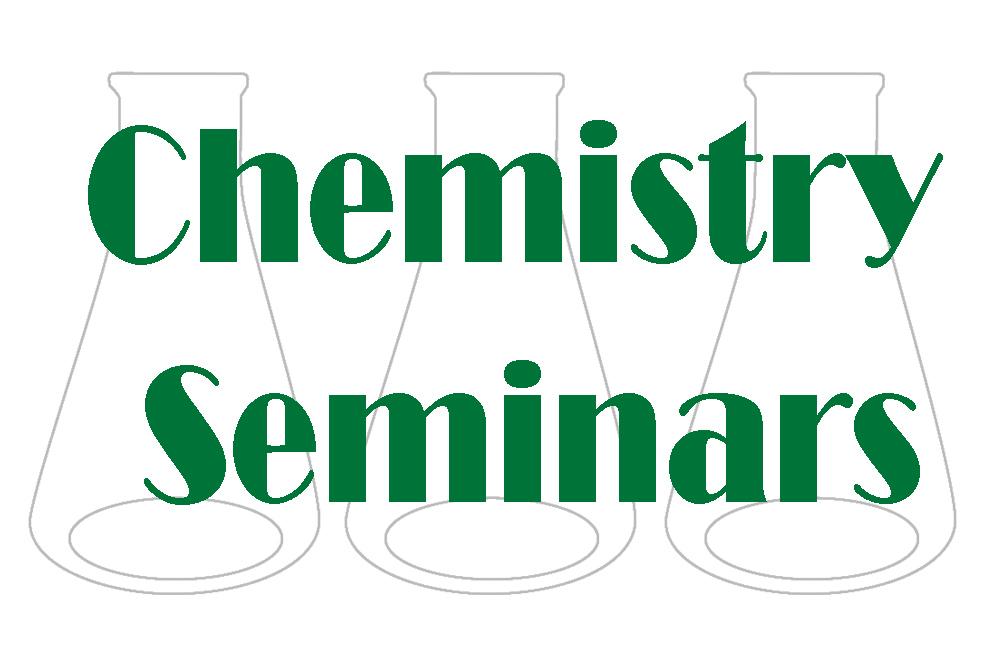W&M Featured Events
[PAST EVENT] Chemistry Fall Seminar
Location
1127
Professor Ken Knappenberger, Jr. of Pennsylvania State University presents
"Observing Energy Transfer in Light-harvesting Metals Using Laser Spectroscopy"
Metal nanostructures exhibit a wide range of structure-dependent optical and electronic properties. In one example, I will describe how structure influences the mechanisms of intracluster energy transfer using monolayer-protected clusters (MPCs). MPCs are a class of inorganic nanostructures that can be synthesized and isolated with atomic precision. Control over MPC composition results, in part, from electron filling of Superatom orbitals, yielding colloidal metal nanoparticles of specific magic sizes. These synthetic advances overcome many limitations of inherently heterogeneous colloidal metal nanoparticle syntheses. Here, femto-second time-resolved two-dimensional electronic spectroscopy (2DES) studies of a family of MPCs in the sub-to-few nm size range will be presented.
These results show that ligand vibrations play a key role in transferring energy through the MPCs. In a second example, I will describe the nonlinear optical properties of two-dimensional group III metals (e.g. Ga and In). A unique feature of metals formed in this manner is the ability to generate materials that support both classical plasmon modes (in-plane) and discrete quantum excitations (out of plane). As a result, both the quantum and classical aspects of these systems can be leveraged for tailoring material properties. In the case of gallium and indium, we observe nonlinear c(2) values that are 103 larger than values typical for colloidal 3-D metals, and approximately 500x larger than for industrial standards, such as LiNbO3. These outstanding optical properties originate from multiple sources, including persistent plasmon coherence times, suppressed inter-band scattering by group III metals (w.r.t. gold), and intrinsic symmetry breaking at the metal-substrate interface.
Many of these advances were made possible by the combined use of spatially resolved coherent nonlinear optical spectroscopy and correlative structural probes. Strategies for leveraging the unique properties of these inter-dimensional metals for controlled energy transfer and photonics applications will be described.
